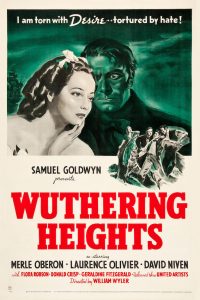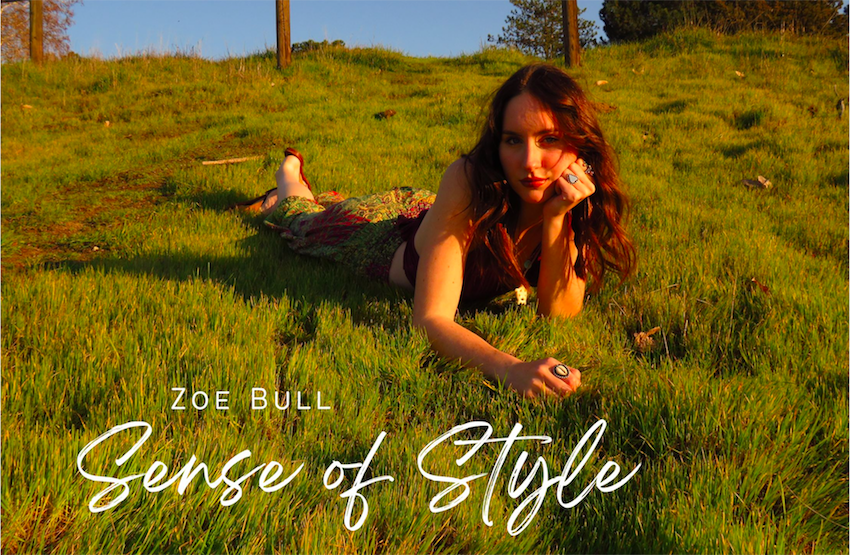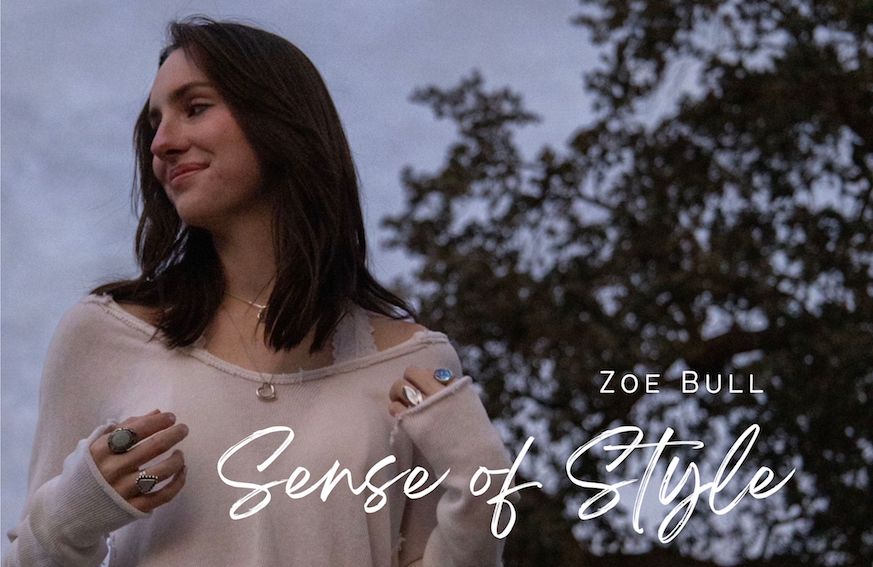As fall begins and the weather cools down, cuddling up with a mug of tea and a book seems like one of the best ideas. A classic book considered gothic literature was recommended to me,

Wuthering Heights by Emily Brontë. Falling in the same category as authors such Edgar Allan Poe and Jane Austen, the novel provides the same sort of eerie mood like the works of those listed.
Emily Brontë wrote Wuthering Heights in an age in which women hardly wrote. If they did, most of the novels and poetry published under pseudonyms, since work written by women quickly was pushed aside. Published originally under the name Ellis Bell, originally readers didn’t show much interest. After Brontë’s death, the complexity and thoroughness of the plot caused many to acknowledge how intricate the novel is and interest spiked. Characters were seen as controversial for their age and even Brontë’s sibling, Charlotte, thought this, despite being a strong supporter of her work.
The read is not a quick one by any means, with uncommon words and over 300 pages, anyone interested in this novel should take their time in working through the various chapters and analyzing them for their meaning. One narrator, Ellen “Nelly” Dean, creates a biased viewpoint at which the audience views and understands the characters. She recalls different events, both ones she participated in and ones she did not, and writes about them in what seems like the format of a personal journal entry. The other narrator, Lockwood, simply comments on Nelly’s stories on his own and is an unreliable narrator like Nelly. This does cause some confusion throughout the reading but overall makes for an interesting look at the story.
The growth of different characters and their personalities becomes apparent after the first few chapters in which the author sets the stage for the interesting writing format. Children grow into young adults in the Wuthering Heights estate all while rather strange occurrences happen in the background. A variety of haunting events, both of the normal and the paranormal are acknowledged and it provides a creative break from relations of characters like Catherine and Heathcliff, the main friendship followed in the novel.
Many dramatic events occur because of the way the plot follows the growth of two families (the

Lintons and Earnshaws) and their households, each being a good representation of well to do families in the early 19th century. Brontë covered the roles of women in this time, what landowning men did, and provides a realistic look into Victorian society.
The pacing of this book may be slow at first to some readers, especially to ones who do not enjoy “Old English” but it soon picks up, especially with the drama of a potential courtship and other traditional events. The author’s history in poetry creates beautiful scenes with intense imagery, although this style can get lengthy at times. A few things that younger readers should be aware of: there is some use of alcohol as a form of escape for one character and some violence between characters, but nothing graphic.
Overall, the novel proves to hold it’s own even compared to modern literature. The complexity of the relationships between characters and interesting word choices and plotline gives readers a good look at Victorian literature. Brontë did a wonderful job of keeping readers interested, and I would highly recommend the book to anyone interested in a classic.
Other works of Emily Brontë include poetry such as The Night is Darkening Around Me, Poems of Solitude, and a compilation, The Complete Poems.
This book can be purchased on Amazon and Barnes and Noble.
For my last book review, read We Are Okay.




